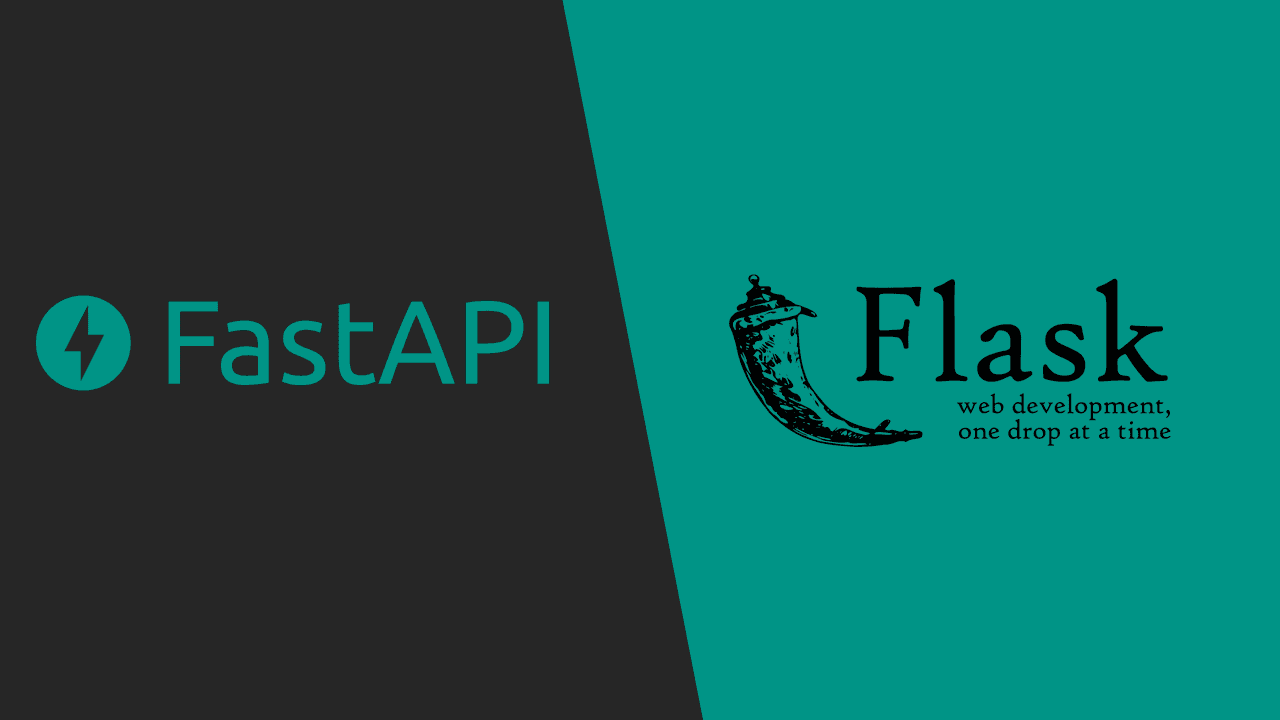FastAPI & Flask – Modern Frameworks for Building High-Performance APIs

Dive into the world of FastAPI and Flask, two modern frameworks for building powerful APIs in Python. Explore their features, benefits, and differences to understand how they can help you create high-performance, scalable, and efficient APIs tailored to your specific needs.
In today’s digital landscape, APIs are the backbone of communication between various applications and services. Two popular frameworks for building powerful, scalable, and efficient APIs in Python are FastAPI and Flask. In this article, we’ll explore the features, benefits, and differences between these modern frameworks, helping you understand how they can streamline API development and empower you to create high-performance APIs that cater to your specific needs.
FastAPI: An Overview
FastAPI is a modern, high-performance Python web framework for building APIs with Python 3.7+ based on standard Python type hints. It was created by Sebastián Ramírez and released in 2018, quickly gaining popularity in the development community. FastAPI has the following key features:
- Speed: FastAPI is designed for high performance, leveraging the asynchronous capabilities of Python’s asyncio library and the ASGI (Asynchronous Server Gateway Interface) standard. This results in faster response times and improved scalability.
- Easy to learn: The framework is intuitive, with a simple syntax that makes it easy for developers to pick up and start building APIs quickly.
- Automatic validation and documentation: FastAPI uses Python’s type hints and Pydantic for automatic data validation and generates interactive API documentation using OpenAPI and JSON Schema.
- Dependency Injection: FastAPI’s built-in dependency injection system simplifies the organization and management of dependencies in your project.
- Extensibility: FastAPI can be easily extended with third-party libraries and middleware, allowing developers to add functionality as needed.
Flask: An Overview
Flask, a lightweight and flexible Python web framework, has been a popular choice for API development since its release in 2010. Created by Armin Ronacher, Flask is built on the Werkzeug WSGI toolkit and Jinja2 template engine. Its key features include:
- Simplicity: Flask’s minimalistic approach offers a straightforward, easy-to-understand syntax, making it an excellent choice for developers who prefer a “no frills” framework.
- Flexibility: Flask is highly customizable, allowing developers to choose and integrate their preferred tools and libraries for various tasks.
- Modular design: Flask applications can be structured as a single file or organized into larger, modular projects using blueprints.
- Extensive ecosystem: The Flask community offers a wealth of third-party extensions and libraries, making it easy to add functionality as needed.
- Robust documentation: Flask boasts extensive, well-written documentation, which helps developers quickly learn the framework and build APIs effectively.
Comparing FastAPI and Flask
When it comes to choosing between FastAPI and Flask, several factors can influence your decision:
- Performance: FastAPI’s asynchronous capabilities and ASGI support make it a faster and more scalable option compared to Flask’s synchronous, WSGI-based approach.
- Learning curve: Both frameworks have an easy-to-learn syntax, but FastAPI’s automatic validation and documentation features may appeal to developers who want a more streamlined development experience.
- Flexibility vs. built-in features: Flask’s minimalistic design offers greater flexibility for developers to customize their projects. In contrast, FastAPI provides more built-in features, such as data validation and automatic documentation, which can help speed up development.
- Community and ecosystem: Flask has a more extensive community and ecosystem of third-party extensions, while FastAPI’s community is growing rapidly due to its increasing popularity.
- Use case: For simple APIs that don’t require high performance or advanced features, Flask may be sufficient. However, for more complex, performance-critical applications, FastAPI’s asynchronous capabilities and built-in features make it a more suitable choice.
- Future considerations: As FastAPI gains traction and popularity, it’s likely that its community and ecosystem will continue to expand, potentially making it an even more attractive option in the future. On the other hand, Flask has a longer track record and a more mature ecosystem, which may be a more reassuring choice for some developers.
Conclusion
Both FastAPI and Flask are powerful, modern frameworks for building APIs in Python. Your choice between the two will largely depend on your project’s specific requirements, your preferred development style, and your desired balance between flexibility and built-in features.
FastAPI excels in performance and scalability, thanks to its asynchronous capabilities and ASGI support. It also streamlines the development process with automatic validation, documentation, and dependency injection. FastAPI is an excellent choice for complex, high-performance applications or for developers who value a more feature-rich framework.
Flask, on the other hand, offers simplicity and flexibility, making it a popular choice for developers who prefer a minimalistic, “no frills” approach to building APIs. Its modular design, extensive ecosystem, and robust documentation make it a reliable choice for a wide range of projects.
Ultimately, the best framework for your API project will depend on your unique needs and preferences. Both FastAPI and Flask have proven their worth in the world of API development, and either choice can serve as a solid foundation for your next project.

